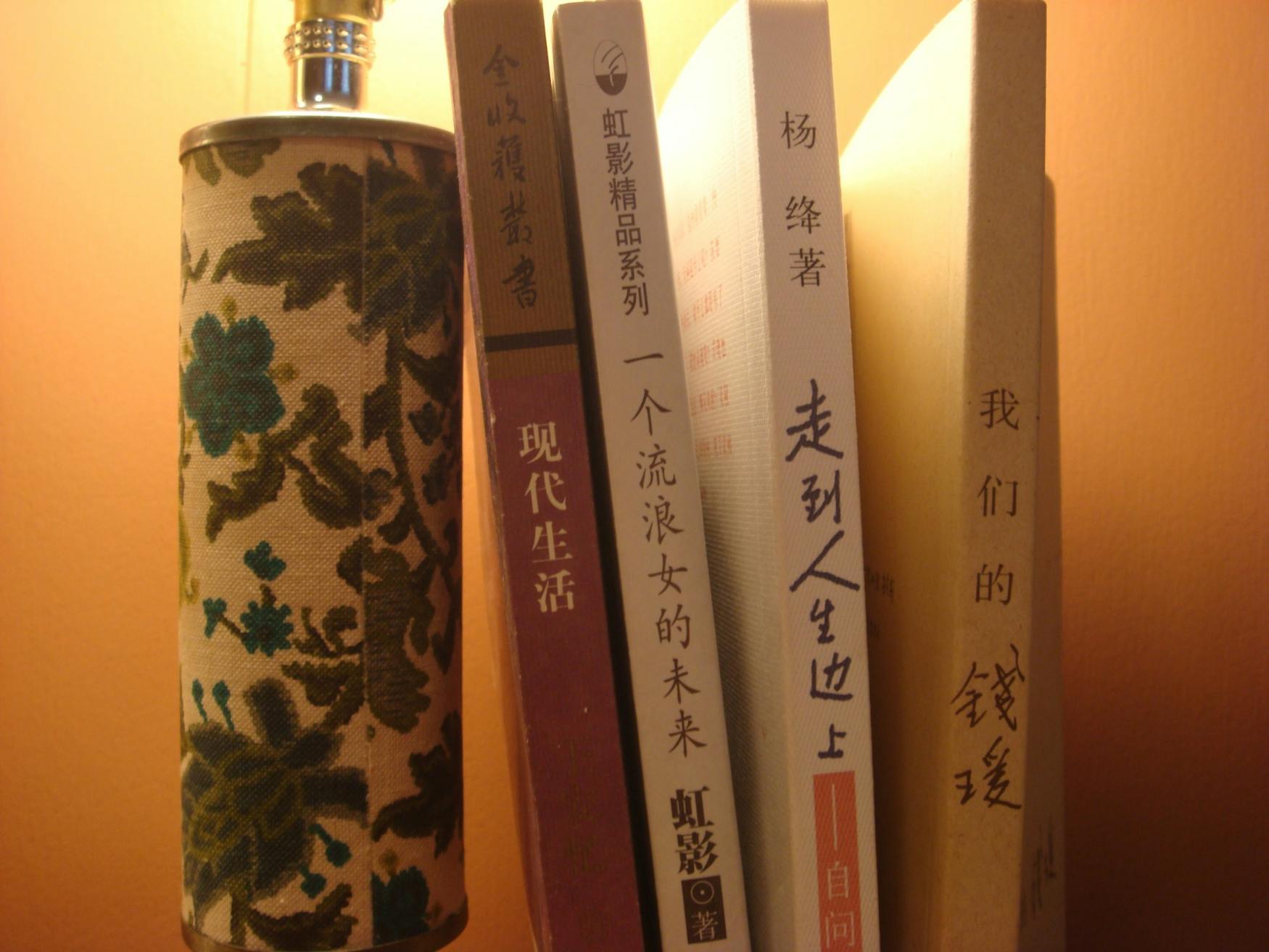Unbalanced Trade, Literally
There is an enormous imbalance in terms of cultural transaction between China and the West, or even just the English-speaking West.
For example, William Shakespeare and Charles Dickens are quite well-known and widely read in China. However, in the Anglophone world little to nothing is known of Du Fu and Cao Xueqin. If you’re an American, it’s very likely that you’ve never heard of these two names. Granted, knowing who Shakespeare is doesn’t mean that you’re an expert in English literature, and most Americans probably don’t read a lot of Dickens, if they read at all, but we’re talking about general knowledge rather than high-culture expertise here.
In fact, most canonical Western authors from Homer to Tolstoy are already incorporated into the Chinese curriculum, albeit superficially. The average Chinese student is at least able to recognize who Leo Tolstoy is, though they may not have read “War and Peace,” given that the majority of their time is unfortunately devoted to memorizing hard, useless facts and solving STEM problem sets.
However, what’s more unfortunate is that virtually nothing of Chinese literature is present in the curriculum of any Western or Anglophone countries. Indeed, the average American or European student probably doesn’t even know a thing about who the most important Chinese authors are, least to say have read their works. The common misconception that this is because there are no good translations of Chinese books is untrue. Cao Xueqin’s masterpiece “The Story of the Stone” or “The Dream of Red Chambers,” for instance, has an unbelievably wonderful translation by David Hawkes, but few know of it. Another great Chinese novel, “The Plum in the Golden Vase,” has an excellent and fairly recent rendition by David Tod Roy, but less know of this.
Ironically, most of Western literature is very well known and widely read in China, and probably even more so than Chinese literature itself. Just in terms of sales numbers, translated foreign works sell way better in Chinese book markets than local Chinese works, a fact which frequently triggers anger and anxiety amongst some Chinese cultural chauvinists.
All of this would be fine, though, if the Western world, particularly its cultural elites and intellectual communities, were actually open, frank and unapologetic about their own cultural self-centeredness and intellectual insularity. One can only care so much, so what’s wrong with Europeans and Americans exclusively caring about their own cultures and literatures, rather than those of other, different, non-Western peoples? One could only rightfully expect every country to do this. Sadly, though, this is not the case. Instead, contemporary Europe and especially the United States seems rather morbidly obsessed with touting and exhibiting their new-fangled cultural diversity, social inclusivity and global cosmopolitanism, slogan-like concepts which don’t seem to quite synch in with reality on ground.
It’s quite a curious thing that, while Western literature is wildly influential in China — having been so ever since 1919, except for a sad hiatus between 1949 and 1979 — most of Chinese literature barely exists in Western cultural discourse. It’s even more ironic that while American intellectuals and college professors talk about widening or upturning “the Canon” and increasing diversity, they never think of incorporating works like “The Book of Poems” or “The Story of the Stone” alongside Homer and Tolstoy, but rather focus on adding mediocre politically-oriented works by second-rate contemporary American POC authors to replace the dreaded “dead white males” — Shakespeare, Dickens and the like. Admittedly, the classical Western canon is mainly a list of dead European males, but what contemporary American curricula, for example, offers in substitution of this time-honored prescription is, instead, a list mainly consisting of living American authors. Yes, they might come from different racial, ethnic, sex, gender and class backgrounds, but they’re most if not all American.
Effectively, what “diversity” means, regarding the literary curriculum, is replacing dead Europeans with living Americans. A rather odd form of diversity, I’d say. Mention the term “Chinese literature” to the average “diversity”-minded literature connoisseur, and it’s more probable that they will think of Amy Tan, a contemporary American author, rather than Eileen Chang, a 20th century Chinese-born author. Instead of devising and pursuing truly global reading lists, proponents and practitioners of “cultural diversity” in the West seem to deceive and delude themselves into moral self-satisfaction by conveniently picking their own authors who just happen to have some foreign heritage. Instead of trying to discover and understand “Chinese literature,” for instance, Americans find it much easier to appease themselves with “Chinese-American literature.” The same is probably true about the situation of other non-Western literatures. Such a “diversity” project is more of a civil war strictly grounded within the cultural confines of the West, especially that of the United States, which isn’t even half of the Western world, rather than anything containing an authentically radical cosmopolitan vision.
Perhaps it would be preferable in terms of actually promoting diversity, instead of enacting politically expedient gestures, to really include the important books of non-Western cultures into the curriculum.,. This approach can be applied to not only Chinese literature but also any non-Western literature and culture. For instance, while a sliver of Japanese literature seems to be appreciated in the West, almost nothing of Korean and Vietnamese literature is read in Europe and the U.S., and Indian literature is primarily represented by English instead of any South Asian language, while Persian and Arabic literatures are virtually ignored. All this has been persistently the case even until now, while Americans and to a certain extent Europeans are increasingly obsessed with the skin color of the authors they read. Perhaps, when we consider what books we read, we should look at not the color of the author’s skin, but the content of their work.



Please note All comments are eligible for publication in The Justice.